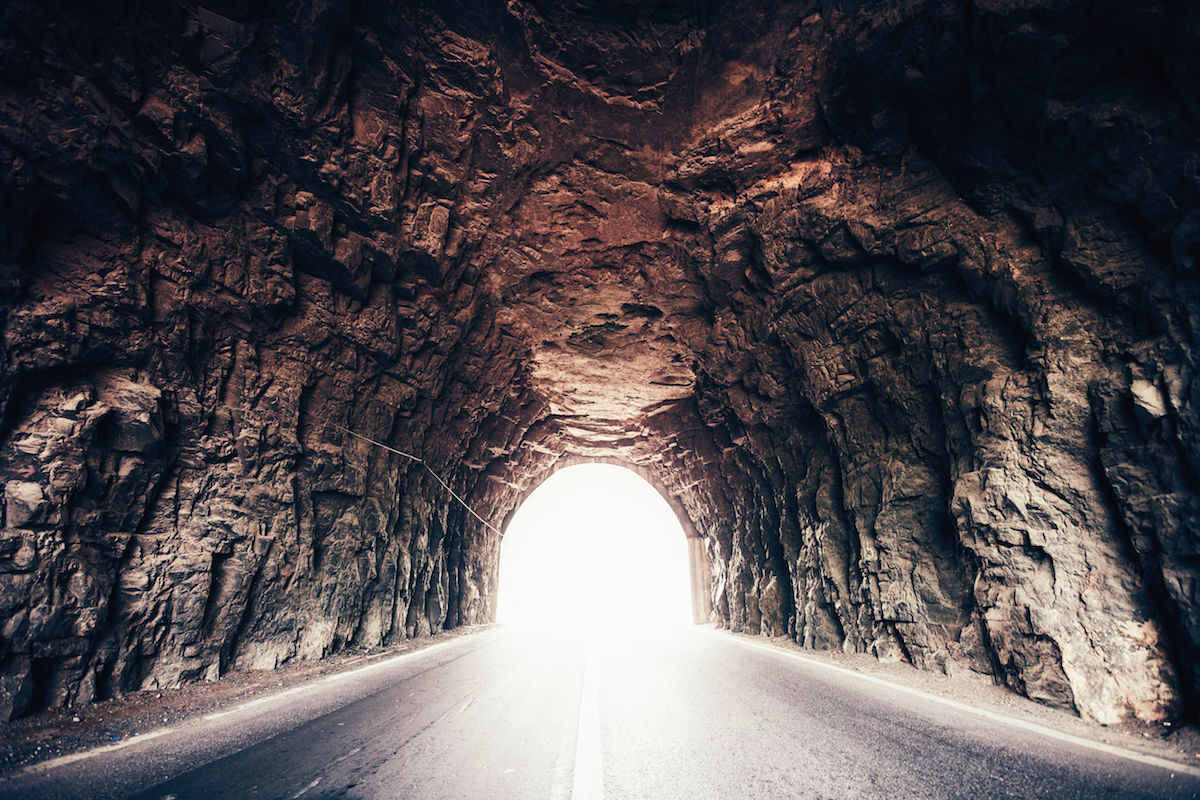
Lockdown, shutdown and breakdown
If you’ve been experiencing anger, guilt, fear and irritability, you’re not alone. Although we may be seeing some light at the end of the pandemic tunnel, our brains and bodies have been working overtime to adapt to lockdown and it will take some effort and time to adjust to a complicated post-pandemic reality.
Each of us has responded to lockdown differently
Whether you have shut down, become emotionally distanced, felt overwhelmed, or experienced impaired concentration and decision-making, research suggests that chronic stress and isolation can impact our grey matter.
In particular, isolation can impact our limbic system, making it more challenging to regulate our emotions; irritability and reactivity are on the rise, and many of us are experiencing a reduction in our normal cognitive functioning.
There’s good news though. Neuroscience reminds us that our brains are very plastic and that with some mindfulness practice, we can better adapt to our current circumstances and regain some energy for this new, next-normal phase.
However, it will take some practice and patience, as these changes take some effort.
The term ‘mindfulness’ refers to the moment-to-moment awareness of one’s experience; the goal is to be fully present, without judgment. Mindfulness can be practiced in a variety of ways, whether through practicing formal meditation or cultivating awareness by being present to our next, new, NOW.
Bottom-line, mindfulness is really about being in the moment and observing what’s coming up on the inside of us, in addition to what’s coming at us from the outside. Daily practice enables us to be calmer, happier and healthier.
Let’s Practice
Now, breathe in and out a few times. Notice the sensations in your body. When your mind wanders (which is does about 47% of the time), just notice this without judgement and bring your focus back to your breath. Now, smile.
Congratulations, we’ve just practiced a quick mindfulness meditation, a strategy that enables us to manage stress and anxiety, strengthen our ability to regulate our emotions, and also develop some patience.
Daily mindfulness as the antidote
Daily mindfulness practice allows us to pay attention to our bodies, recover from lockdown, and prepare for our post-pandemic life.
These following simple yet powerful strategies can effectively allow us to reduce stress, and can help us calm down, slow down, and improve our well-being.
The Pause
Take the time to pause several times throughout the day and acknowledge your present-moment experience.
Start by focusing on whatever you are doing in the moment. You may notice that you’re distracted by your thoughts. Notice whether you’re worrying about the future, or ruminating on the past.
Then, come back to your experience, whatever it is. This “pause” is a powerful, yet simple strategy that will lead to greater equanimity.
Body and Thought Investigation
In a safe and secure environment, bring your attention to your thoughts and the sensations in your body, cultivating curiosity about whatever arises. Then, lean into these emotions and sensations as an observer, with some acceptance.
This can feel challenging at first, so resist the urge to distract yourself; cultivate some self-compassion and patience. This practice allows us to become familiar with a myriad of emotional and physical sensations, and it strengthens our capacity to move through our challenges more effectively.
There is a powerful saying in psychology; “Whatever we resist, persists.” The above practice supports more efficient recovery from emotional distress.
Begin Each Day with Intention
Before I begin the day, I slow my breath down, and check in. Then, I name three things I’m grateful for, followed by 5 minutes of meditation; this allows me to begin each day with more positivity and provides the opportunity for me to set my intention to be “present” throughout the day.
Breath with Ease
One simple and powerful technique is, “square breathing”, which enables our parasympathetic nervous system to calm down.
To practice square breathing, visualize your breath moving along a square: Inhale up the left side of the square to a count of three, hold your breath for a count of three along the top of the square, exhale down the right side of the square on a count of three, then at the end of the exhalation hold your breath again for a count of three along the bottom of the square. Then repeat the sequence. Try square breathing for 3 minutes and you will feel calmer and more centered.
The T.E.A.M Technique
I created this practice as a quick emotional and physical readjustment; it’s a simple acronym to remember.
- T - Thoughts - Notice what you’re thinking (we have about about 65,000 thoughts a day - and some thoughts are just thoughts).
- E - Emotions - Notice the sensations in your body with acceptance.
- A - Action - Take a few breaths and notice the calming effects on your mind-body experience as you come into the present.
- M - Meaning - Practice curiosity rather than control. We all want to control our environments, and that can just make us feel powerless and groundless. So, I remind myself to approach each situation with the mantra, “It will be interesting to see how things unfold.”
Well-being is a daily practice
I liken these extraordinary practices to taking the brain and body to the gym. The more we practice, the better and stronger we become at managing our new reality with grace and ease.
We can now take stock in what we’ve learned and can choose the tools and strategies to build back our well-being. Mindfulness practice can support our well-being during lockdown and will give us the strategies to welcome the future with more grace and peace.
When we slow down and tap into our inner wisdom, there is potential for understanding ourselves, each other, and our entire world in new ways.
Most important, mindfulness will enable you to cultivate well-being today and tomorrow, no matter what.
If you are depressed, you are living in the past. If you are anxious, you are living in the future. If you are at peace, you are living in the present,
Chinese philosopher and writer, Lao Tzu.
We’d love to hear from you! Please send us your suggestions for future articles. And if you’re a writer, please see our writer’s submissions page for details.

